What Do Cardinals Eat? How to Attract Cardinals
Updated: Feb. 15, 2024
Feed cardinals by learning what cardinals like to eat. Offer their favorite seeds and berries, and grow native plants and shrubs for shelter.
The Best Ways to Attract Cardinals
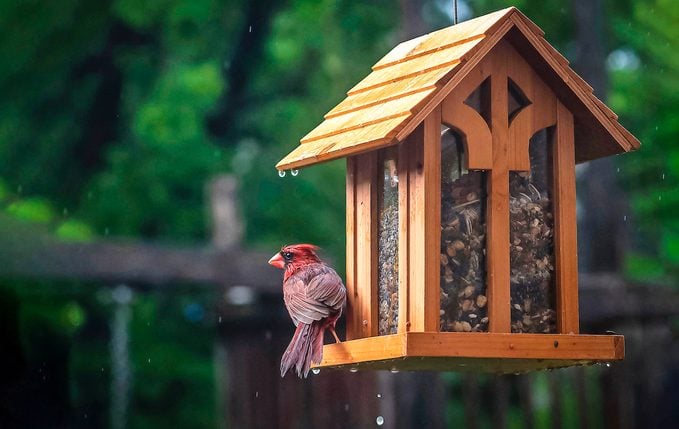
If you want to attract redbirds, you need to know, what do cardinals eat? Cardinals aren’t picky about food or how you offer it. They are frequent backyard visitors. For a surefire way to attract cardinals, fill a cardinal bird feeder with black oil sunflower seeds. But ambitious gardeners shouldn’t stop there, because the right plants bring in these ruby red beauties and other songbirds, too.
The key is to focus on the trifecta of providing food, cover and places for cardinals to nest and raise young, says Gary Ritchison, an ornithologist at Eastern Kentucky University and writer of the Wild Bird Guide: Northern Cardinal. A deep dive into the life of these birds unveils clues to help you attract cardinals.
Check out fascinating cardinal bird facts.
What Seeds Do Cardinals Eat?
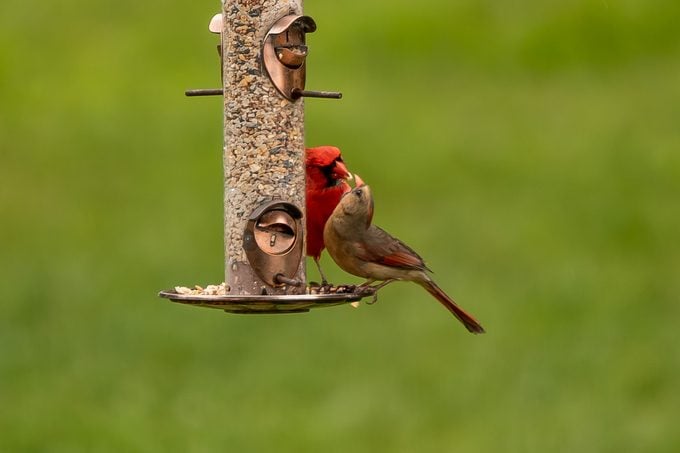
Feeders full of sunflower seeds or safflower seeds are a surefire way to keep cardinals happy. The shape and structure of a northern cardinal’s bill reveals the birds’ food preference. The downward curve, typical of seed-eating birds, allows them to crack open or crush seeds. Cardinals also have larger jaw muscles than many other songbirds, which means they can eat bigger seeds.
When selecting plants to attract cardinals, look for some with medium-sized seeds as well as a mixture of seasonality. Seed-bearing plants to try include Purple Majesty millet, nasturtium, purple coneflower, safflower, sunflower and sweet pea.
Don’t miss these simply stunning bird photos of cardinals.
Cardinals Eat Berries
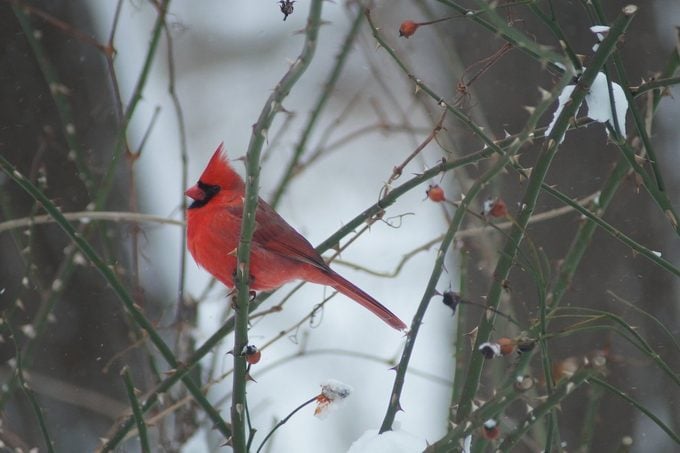
Although seeds are a favorite food, northern cardinals also eat a lot of berries. As nonmigratory birds, they seek a variety of foods as availability changes throughout the year. “They’re pretty adaptive,” Gary says. “They have to be, as a resident bird.” But as they consume fruits, studies suggest, cardinals still are after the seeds, often discarding much of the fruit pulp. For that reason, fruits with larger seeds may be more attractive. Look for berry bushes with a range of fruiting times and, since cardinals forage low to the ground, dwarf shrubs. To attract cardinals, try sumac, dogwood, hackberry, northern bayberry and serviceberry.
If you see a cardinal, here’s what it means.
What Do Baby Cardinals Eat?
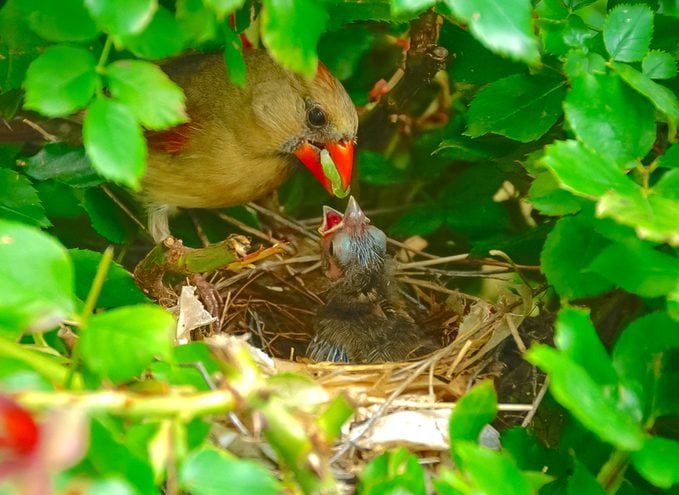
For much of the year, 75 percent of the food that northern cardinals eat is plant material, but at the height of summer breeding season, cardinals supplement their diet with insects. They also will go after bugs to feed their nestlings. In fact, cardinal parents feed their young almost exclusively with insects, which provide the protein that nestlings need to grow muscle. When very young, baby cardinals eat soft-bodied insects such as caterpillars. To attract cardinals and help the weary parents, your garden should include butterfly host plants such as dill, fennel, hollyhock, mustard greens and snapdragon.
Do Northern cardinals mate for life?
Plant Evergreens to Attract Cardinals
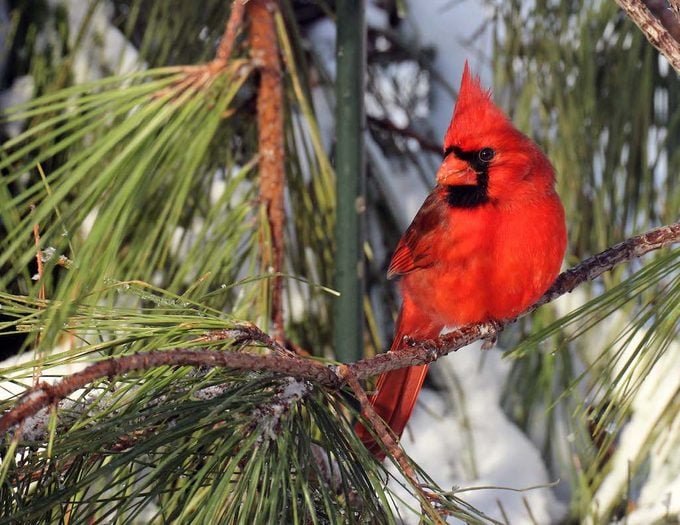
Though Northern cardinals forage on open ground, the birds need a place to retreat quickly to safety. In summer, cardinals use dense shrubs that provide nesting sites, but in winter, they escape to evergreens. During cold weather, cardinals form flocks that move around in search of food. Yards that offer plentiful food and cover have the best chance of creating that picture-perfect vision of red cardinals dotting a snowy tree. Try arborvitae, juniper and spruce.
Next, find out what a cardinal’s song sounds like.
